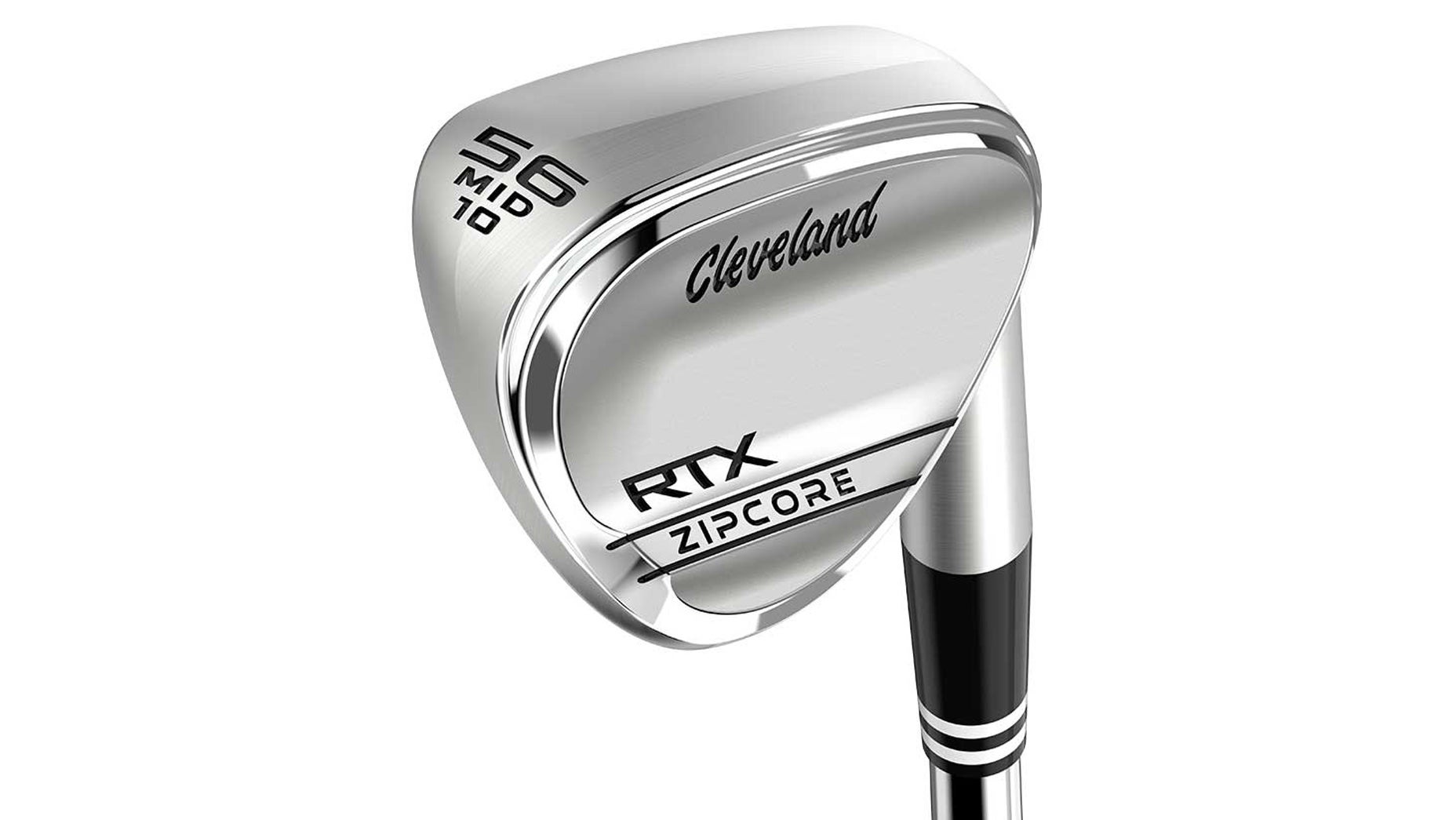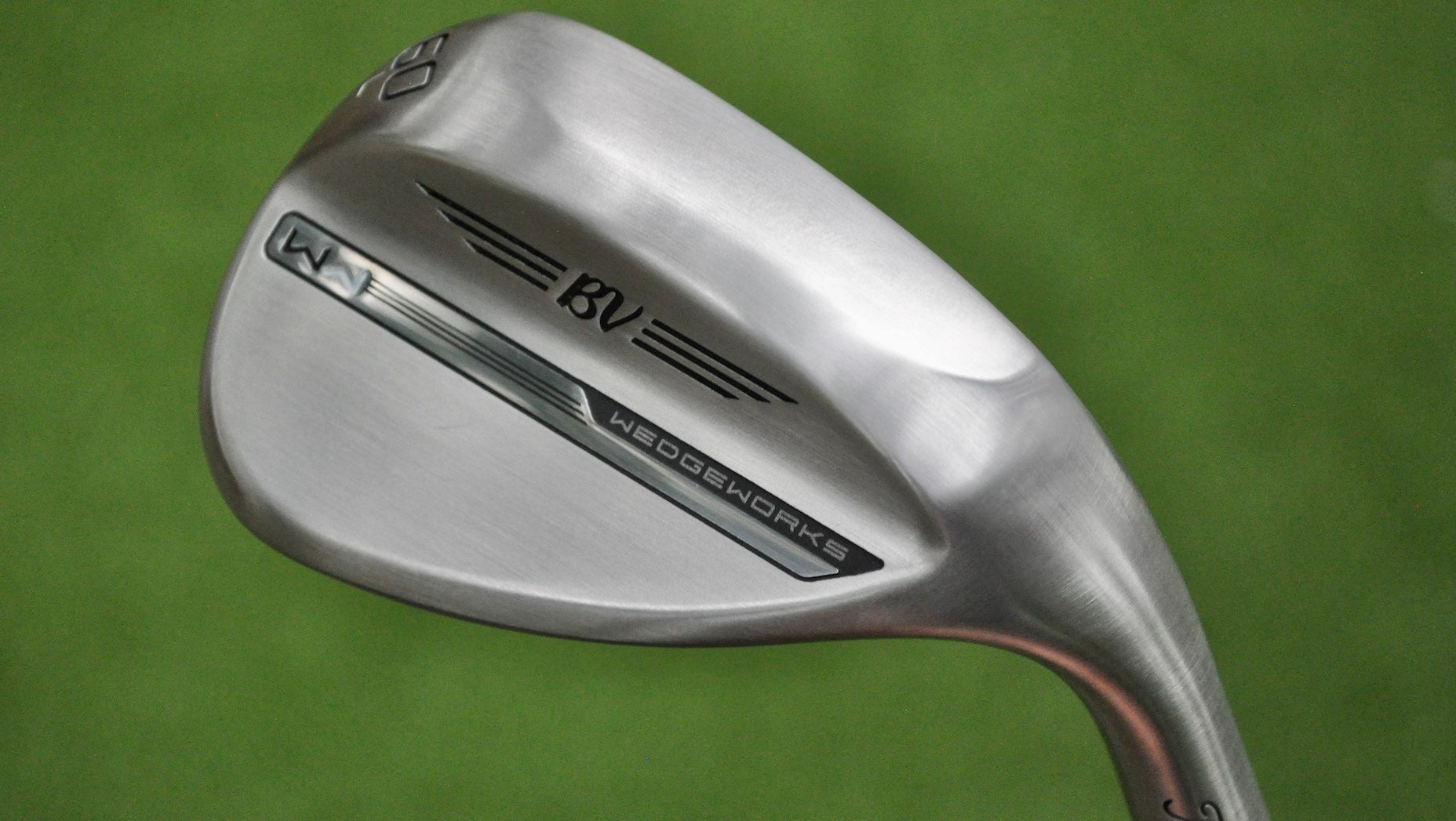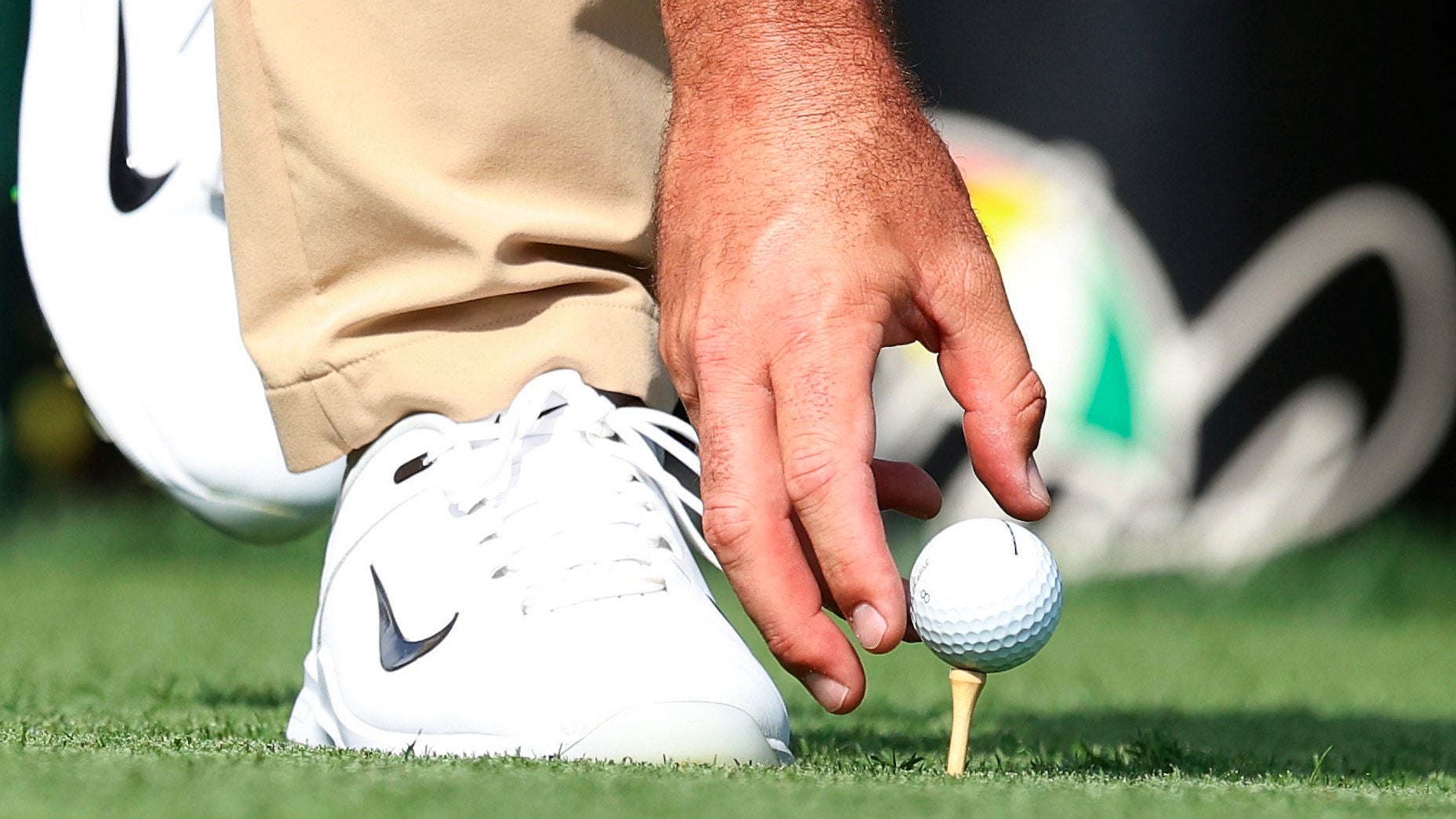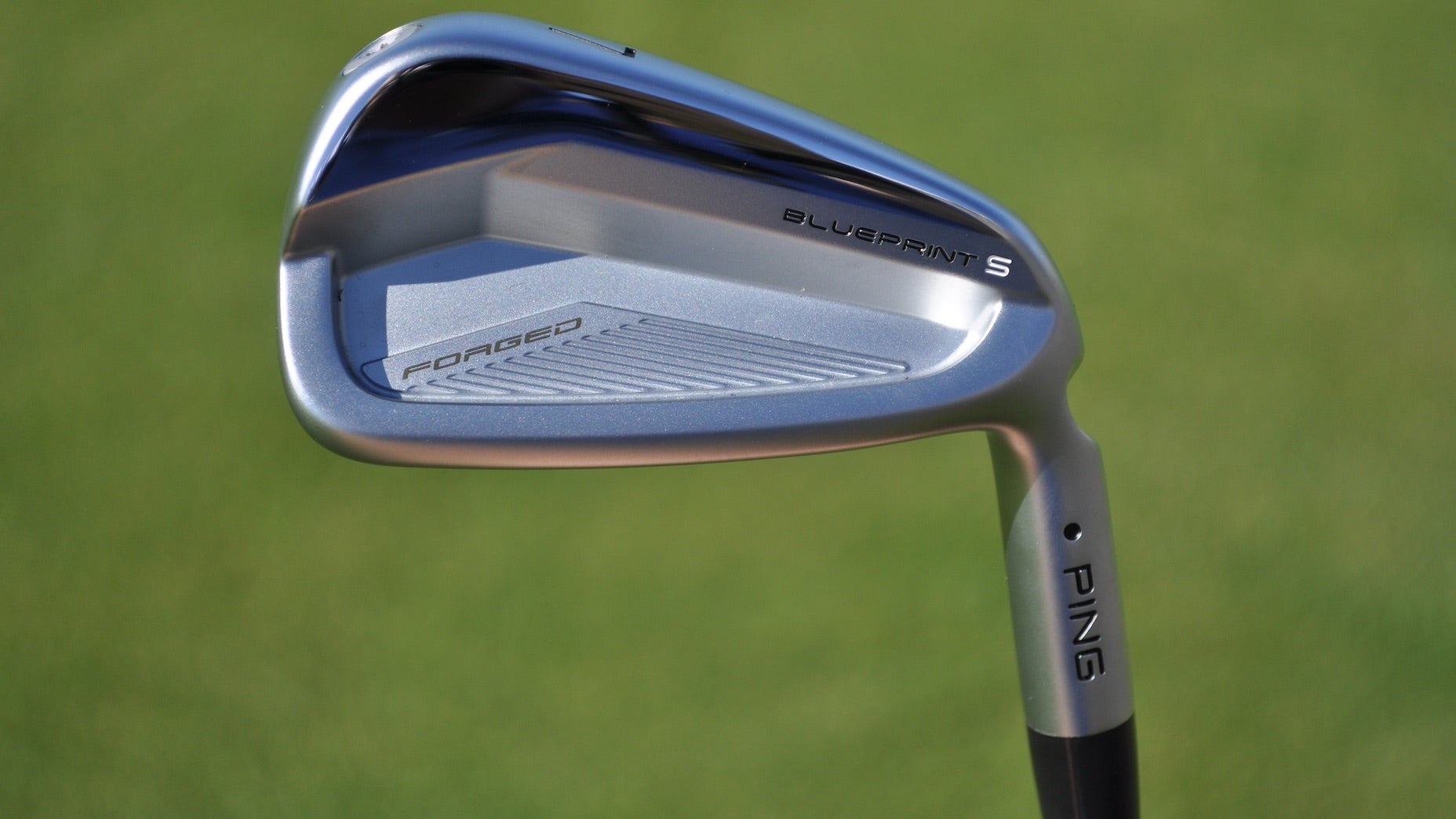Welcome to another edition of the Fully Equipped mailbag sponsored by Cleveland/Srixon Golf, an interactive GOLF.com series in which our resident dimplehead (a.k.a., GOLF’s managing editor of equipment, Jonathan Wall) fields your hard-hitting gear questions.
How many pros use a pitching wedge from their iron set?
Look inside your golf bag and you’ll likely find a pitching wedge that looks identical to the rest of the irons in your set. The average mid-handicapper is fixated on forgiveness and distance during the testing process; contemplating whether they’d benefit from a different pitching wedge isn’t on their radar.
As your game continues to improve, distance and forgiveness might give way to more specific needs, like workability, consistent carry numbers and a pitching wedge that matches the rest of your scoring clubs. The latter is something that’s far more common in the professional ranks than many might realize.
According to several Tour reps I spoke to, including Michael Jolly, who heads up player development for Cleveland/Srixon, the number of pros using something other than a stock pitching wedge is around 50 percent per week, with the number varying depending on the tournament.
To be clear, those numbers don’t mean you need to go out and buy something else to replace your pitching wedge. That being said, it’s important understand the differences between a standard pitching wedge and, say, a 46-degree Cleveland RTX ZipCore. If you’re playing a cavity-back iron, your pitching wedge offers some semblance of perimeter weighting to improve off-center strikes. There’s a chance if might add ball speed as well. (It’s not uncommon for a stock wedge to fly an additional 3-4 yards compared to its blade counterpart.)

Cleveland RTX ZipCore
So why would you play a blade pitching wedge? Some players prefer the compact shape and how it blends with the other scoring clubs in the bag. It’s possible you’ll notice a better feel (due to softer head materials), more control and improved launch conditions — but it’s all player dependent.
And if you’re sweating the loss you might see in distance and forgiveness, it’s important to note many blade wedges now include new technology that enlarges the sweet spot and respoitions the center of gravity (CG) in a way that ball speed is recaptured.
Of course, there’s more to a pitching wedge than looks, forgiveness and distance. There’s how the wedge sits on the turf and the fact that, due to the softer material, it’s easier to grind than the stock wedge that comes in a set.
Instead of simply accepting the grind that comes with your iron set, you have the ability to pick from a number of options on a blade wedge depending on your turf interaction and course conditions you typically play. In the case of RTX ZipCore, that means you can choose from a grind where additional material is removed from the heel, or another option where material is removed from the heel and toe for shotmaking purposes.
Some pros I’ve spoken to have said the sole design and face technology of the blade pitching wedge also makes it easier to manage flier lies from the rough.
Don’t think of this as a hard sell for the blade pitching wedge. Some players are better off using a stock pitching wedge, but it’s still important to understand you have options at your disposal.
Want to overhaul your bag for 2021? Find a fitting location near you at GOLF’s affiliate company True Spec Golf. For more on the latest gear news and information, check out our latest Fully Equipped podcast below.










